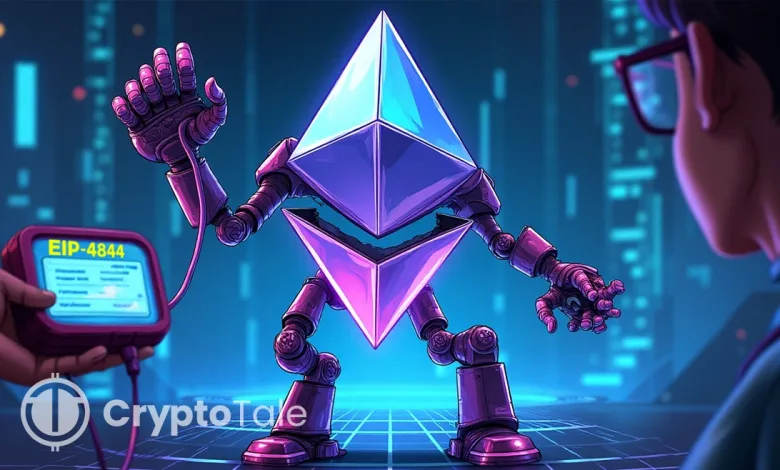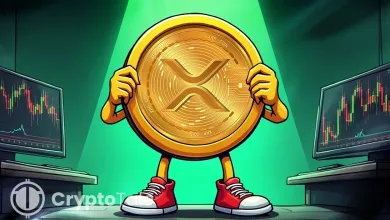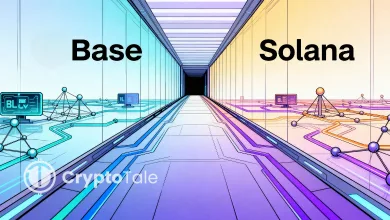Ethereum EIP-9698 Proposal Aims for 100x Gas Limit Increase

- Ethereum’s EIP-9698 proposes a 100x gas limit increase over four years to boost scalability.
- The proposal could raise Ethereum’s transaction capacity to 2,000 transactions per second.
- Gradual gas limit increments aim to allow developers and node operators enough time to adapt.
Ethereum is preparing for a major breakthrough in scalability as researcher Dankrad Feist proposes EIP-9698. The plan introduces a predictable, long-term schedule for expanding the network’s gas limit from June 1, 2025. Under the proposal, Ethereum would gradually increase its gas limit by a factor of 10 over two years, followed by one final tenfold increase, aiming for a total 100x growth.
If successful, Ethereum’s transaction capacity could surge from about 20 transactions per second to nearly 2,000. This would significantly boost Ethereum’s competitiveness against blockchains like Solana, which currently handles hundreds of transactions per second. Feist emphasized that the upgrade aligns with expected advances in hardware and protocol efficiency, creating a sustainable growth path for the network.
Currently, Ethereum’s gas limit stands at 36 million, following an increase earlier this year from 30 million. Earlier, the last major adjustment occurred during the London hard fork in 2021. With the proposed plan, the gas limit could be pushed to 3.6 billion over four years, allowing thousands of transactions into each block.
However, the proposal also acknowledged the challenges that could arise from such rapid growth. A higher gas limit could stress less-optimized nodes and increase block propagation times. Still, the analyst believes that the gradual, epoch-based increments will give developers and node operators enough time to optimize systems and maintain network stability.
Ethereum has long focused on scaling through Layer 2 solutions like rollups and sidechains, which have controlled network congestion and lowered fees by moving activity off-chain. Some critics point to Layer 2 solutions for causing fragmentation within the blockchain ecosystem, resulting in a complex user experience.
Related: Ethereum Holders Accumulate 449K ETH Amid Price Resistance
However, Ethereum developers seek improved base layer scalability to enhance the operation of Layer 2 solutions to create a unified system. EIP-9698 demonstrates this development trend by trying to increase mainnet performance while protecting both decentralization and security standards.
Feist’s proposal still requires approval through client-side voting before it can be implemented. If approved, it could establish one of the most substantial modifications to Ethereum architecture. The developers are also examining EIP-9678, which proposed a fourfold gas limit boost as part of the upcoming Fusaka upgrade set for 2025.
Together, these initiatives highlight the growing urgency to prepare Ethereum for the next wave of global blockchain adoption, and the community watches closely as discussions around EIP-9698 unfold.





